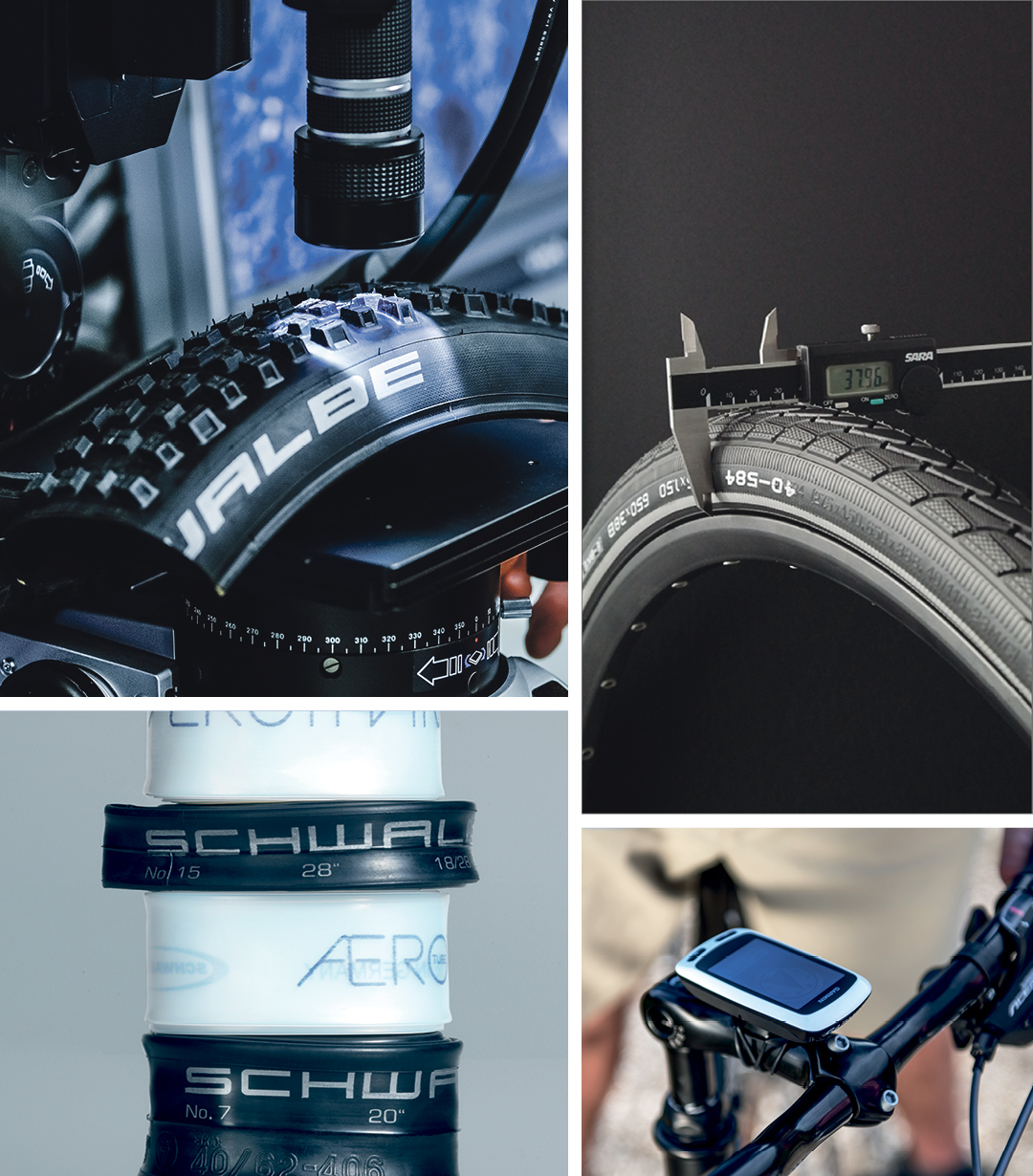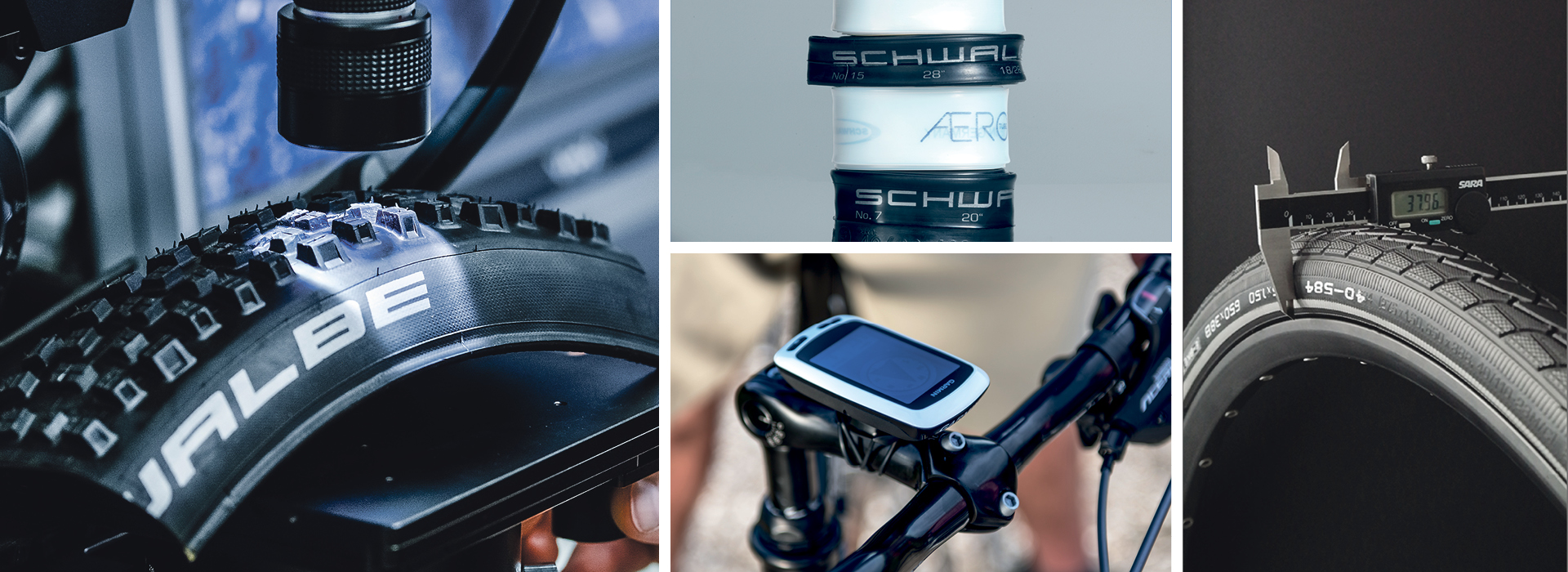Around the bike there are many topics that deserve special attention and a lot of questions that need to be answered. In the Schwalbe technology / FAQ section you will find an overview of many different topics from the areas of bicycle tires, bicycle inner tube, mounting, maintenance, innovation and more, which offer competent, comprehensive and clear information
Everything around E-Bike
The popularity of the e-bike continues unabated. As an environmentally friendly alternative to the car for commuting and city traffic or as a bike for demanding tours in your free time - the e-bike impresses with its universal applications and its support for your needs. Schwalbe has developed special bike tires for the challenges of each e-bike type, which support you on your tours. Whether you ride an E-MTB, an E-Tour an E-City Bike or an E-Gravelbike - Schwalbe has the right bike tire for you and the surface you are riding on. Learn everything about e-bike tires, what you should look for when buying them and how the Schwalbe e-bike tires differ in the Schwalbe technology / FAQ section.
Tire dimensions, tire construction and tire types - everything about the bicycle tire
Schwalbe bicycle tires are Europe's market leader thanks to decades of experience, innovative technology, state-of-the-art design and outstanding puncture resistance. In each bike tire are years of research, technological innovations, our exacting quality standards and a lot of passion - so you can enjoy the best ride comfort, secure grip and outstanding puncture protection.
For ease of mounting and safe riding fun, it is important to know the tire dimensions and the matching rim size exactly. In the Schwalbe Technology / FAQ section you will find clear tables that make it particularly easy for you to read the tire dimensions and size. Do you want to know more about your bike tire? Then read our article about the tire structure, how your bike tire is built and what functions the individual parts perform. And under tire types you will find an overview of the differences between tubular tires, clincher tires, folding tires and tubeless tires.
Tubeless, rim tape and mounting: all the necessary information
Do you want to switch to tubeless, but still need more information? How do I use sealant and assembly fluid correctly? Unsure of which rim tape to use? Are you interested in tips and tricks for mounting bicycle tires and are you wondering what you can do about bicycle tires that are difficult to mount? At Schwalbe you will find under Technology / FAQ information and detailed articles on these and many other topics that will help you with all the challenges around your bike.



